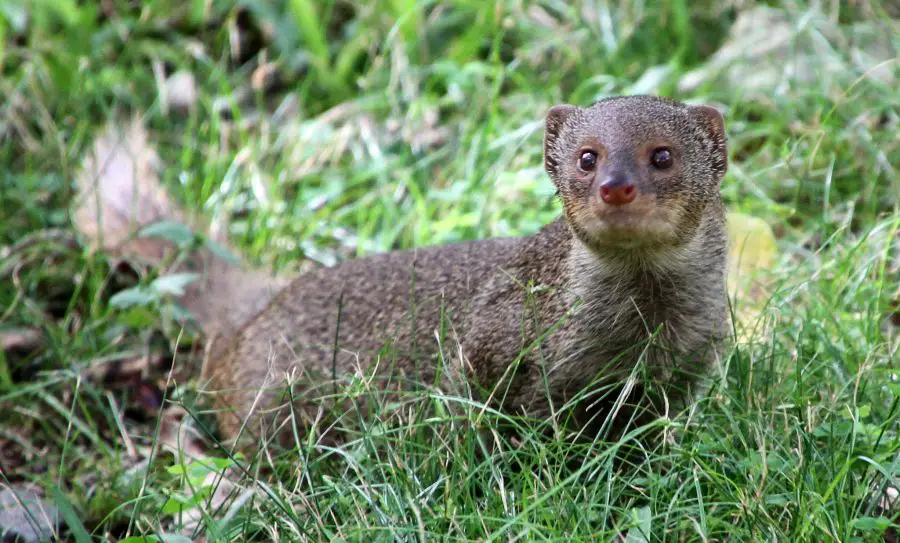Hawaii, with its lush landscapes, stunning beaches, and vibrant culture, is a tropical paradise that captivates visitors from around the world. Beyond its breathtaking beauty, the islands are home to a unique and diverse array of wildlife. In this comprehensive guide, we will delve into the fascinating world of animals in Hawaii, from native species to introduced wildlife. Join us as we uncover the rich biodiversity and learn about the incredible creatures that call the Aloha State their home!
Section 1: Overview of Hawaiian Wildlife
1.1 Isolation and Unique Ecosystems:
Due to its remote location in the middle of the Pacific Ocean, Hawaii’s wildlife has evolved in isolation, resulting in a distinct and remarkable ecosystem. The islands’ isolation has allowed for the development of numerous endemic species found nowhere else on Earth.
1.2 Native vs. Introduced Species:
Hawaii is home to both native species, which have inhabited the islands for thousands of years, and introduced species, which have been introduced by human activity. Understanding the distinction between these two groups is essential for appreciating Hawaii’s wildlife.
1.3 Importance of Conservation:
Conservation efforts are crucial for protecting Hawaii’s native species and their habitats. Invasive species pose a significant threat to the delicate ecosystems, underscoring the need for ongoing conservation initiatives.
Section 2: Land Animals of Hawaii
2.1 Hawaiian Monk Seal:
With their distinct appearance and unique behaviors, these seals are a symbol of Hawaii’s natural heritage.
2.2 Nēnē (Hawaiian Goose):
The nēnē, Hawaii’s state bird, is a unique goose species that has adapted to the islands’ volcanic landscapes. Efforts to conserve this endangered bird have helped increase its population in recent years.
2.3 Hawaiian Hoary Bat:
The Hawaiian hoary bat is the only native land mammal in Hawaii. These bats are nocturnal and play a vital role in pollination and pest control within the island’s ecosystems.
2.4 Hawaiian Green Sea Turtle:
The Hawaiian green sea turtle, known as the honu, is an iconic marine reptile that can often be seen basking on the beaches or gracefully swimming in the clear waters surrounding the islands.
2.5 Introduced Mammals:
Hawaii is also home to introduced mammal species such as feral pigs, goats, and deer. These animals, though not native to the islands, have established populations and impact the local ecosystems.
Section 3: Marine Life in Hawaiian Waters
3.1 Humpback Whales:
Hawaii’s warm and shallow waters serve as a breeding ground for humpback whales. Every winter, these majestic creatures migrate to the islands, offering breathtaking opportunities for whale-watching.
3.2 Spinner Dolphins:
Spinner dolphins are a common sight in Hawaiian waters. Known for their acrobatic displays and playful behavior, encountering these dolphins during a boat tour or snorkeling excursion is a memorable experience.
3.3 Coral Reefs and Fish:
Hawaii’s coral reefs are teeming with a colorful array of fish species. From the vibrant parrotfish to the elusive reef triggerfish, the underwater world of Hawaii is a haven for snorkelers and scuba divers.
3.4 Manta Rays:
Hawaii’s Kona Coast is renowned for its manta ray population. These graceful giants can be observed during nighttime manta ray dives, where they glide through the water, feeding on plankton attracted by artificial lights.
3.5 Endemic Marine Species:
Hawaii boasts several endemic marine species, including the Hawaiian cleaner wrasse and the Hawaiian dascyllus fish. These unique species contribute to the incredible biodiversity found in the islands’ marine ecosystems.
Section 4: Birds of Hawaii
4.1 ʻIʻiwi:
The ʻiʻiwi is a striking native bird known for its vibrant red plumage and distinctive curved bill. These birds play an important role in pollination and seed dispersal within Hawaii’s forests.
4.2 ʻApapane:
The ʻapapane is another native bird species known for its bright red feathers. These nectar-feeding birds are important pollinators and can be found in Hawaii’s native forests.
4.3 Hawaiʻi ʻAmakihi:
The Hawaiʻi ʻamakihi is a small, native honeycreeper bird that can be found across the islands. These birds have a varied diet, including nectar, insects, and fruit.
4.4 Introduced Bird Species:
Hawaii’s avian population also includes introduced species such as the common myna and the Japanese white-eye. These birds have established populations and can be seen in various habitats.
Section 5: Conservation Efforts and Responsible Wildlife Tourism
5.1 Protecting Endangered Species:
Hawaii has implemented numerous conservation programs and initiatives to protect endangered species and their habitats. These efforts focus on habitat restoration, predator control, and public education.
5.2 Invasive Species Management:
Managing invasive species is crucial to preserving Hawaii’s unique ecosystems. Efforts are underway to control




